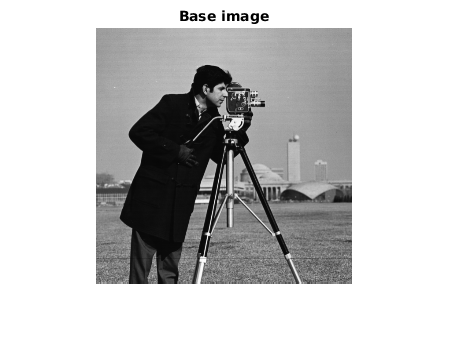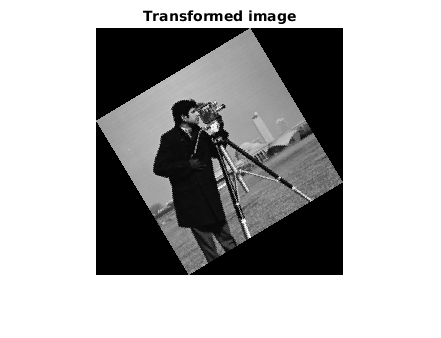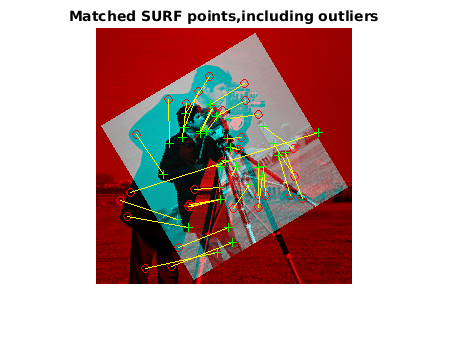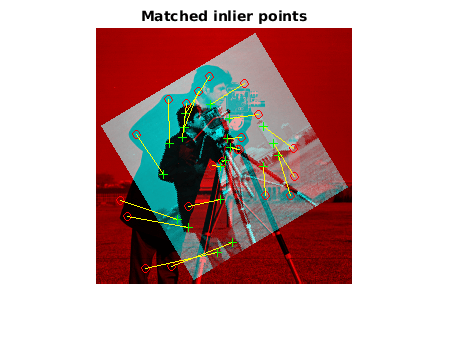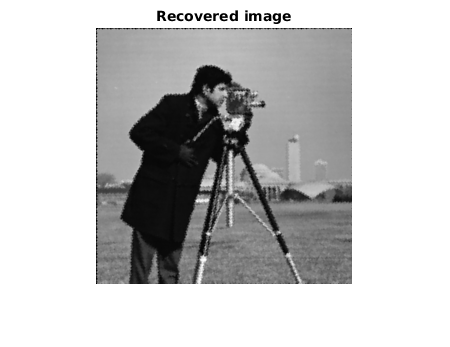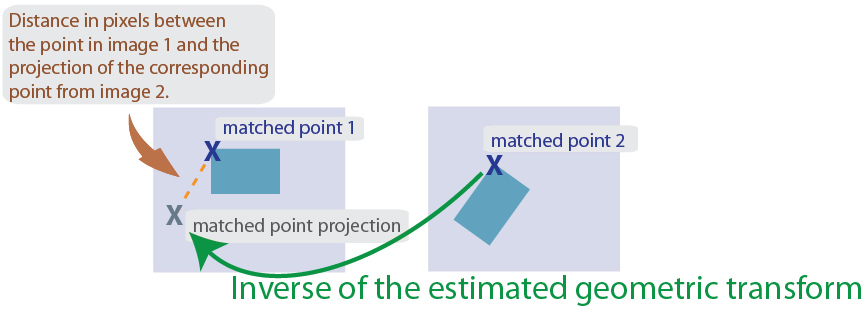estimateGeometricTransform
(Not recommended) Estimate geometric transform from matching point pairs
estimateGeometricTransform is not recommended. Use the estgeotform2d or estgeotform3d function instead. For more information, see Compatibility Considerations.
Syntax
Description
tform = estimateGeometricTransform(matchedPoints1,matchedPoints2,transformType)tform. The
tform object maps the inliers in
matchedPoints1 to the inliers in
matchedPoints2.
The function excludes outliers using the M-estimator SAmple Consensus (MSAC) algorithm. The MSAC algorithm is a variant of the Random Sample Consensus (RANSAC) algorithm. Results may not be identical between runs because of the randomized nature of the MSAC algorithm.
[
returns the corresponding inlier points in tform,inlierpoints1,inlierpoints2]
= estimateGeometricTransform(matchedPoints1,matchedPoints2,transformType)inlierpoints1
and inlierpoints2.
[___,
returns a status code of status] = estimateGeometricTransform(matchedPoints1,matchedPoints2,transformType)0, 1, or
2. If you do not request the status
code output, the function returns an error for conditions that cannot produce
results.
[___] = estimateGeometricTransform(
uses additional options specified by one or more name-value arguments.matchedPoints1,matchedPoints2,transformType, Name,Value)
Examples
Input Arguments
Output Arguments
References
[1]
[2]
